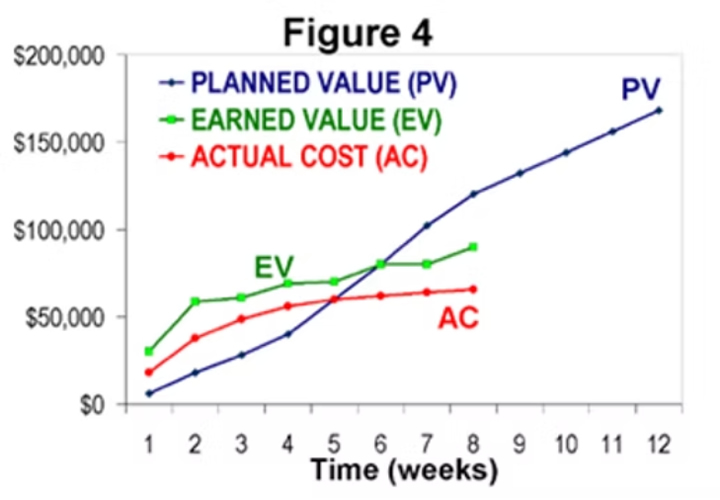Effective project monitoring, proactive change management, and thorough reporting are keys to successful control system migrations. When executed properly, these processes provide significant stress relief, enabling project teams to maintain control
 Control System Migrations | Part 6 | Monitoring, Change Management, & Reporting
Control System Migrations | Part 6 | Monitoring, Change Management, & Reporting

Tom McGreevy, PE, PMP, CFSE | aeSolutions
By now, you've successfully navigated the Front-End Loading (FEL) phases, clearly defined your scope, budget, and schedule, and received approval for funding. However, the real challenge arises when plans meet the unpredictability of real-world execution. Monitoring, managing changes, and reporting effectively during this execution phase are critical to a project’s success.
Contractor Reporting Requirements
Required Information Must be Specified
Explicitly state the type of information needed, including task progress, upcoming activities, recent accomplishments, roadblocks, and actionable items. Specify the report format (e.g., Excel, Microsoft Project, Primavera) to ensure data usability.
Reporting Frequency
Report Detail
Managing Change Orders
Design Change Orders
Design changes can be positively received as they often involve beneficial, innovative ways to achieve the same project goals more efficiently. Design changes usually involve adjustments in how requirements are implemented rather than what is implemented. They typically deliver cost, schedule, or reliability benefits.
Scope Change Orders
Usually driven by unforeseen events or missed requirements, scope changes can be particularly challenging to justify. They require a thorough evaluation and management buy-in of documented impact on costs, schedule, and potential new risks. Even legitimate scope changes can face high scrutiny, as they must demonstrate independent financial justification and alignment with organizational priorities.
Both types of change orders should follow a structured approach:
-
Document the proposed change via a Request for Information (RFI)
-
Group review to determine if there is a compelling reason supporting the change
-
Estimate the impact on scope, schedule, cost, & new risks
-
Approval or rejection by the designated management team
This ensures transparency and control, preventing unauthorized or detrimental changes.
Earned Value Management
Earned Value Management (EVM) is a powerful tool that integrates project scope, schedule, and budget. To leverage EVM effectively, projects must be set up correctly during FEL phases with:
1. A well-defined Work Breakdown Structure (WBS)
2. Resource-loaded schedules
3. Documented cost allocations

EVM allows project managers to detect early deviations in schedule or budget, enabling timely corrective actions. The primary metrics used in EVM include:
-
Planned Value (PV): What you planned to spend. This can also be referred to as Budgeted Cost of Work Scheduled (BCWS).
-
Earned Value (EV): The amount of work that’s been performed and the budgeted cost of that work.
-
Actual Cost (AC): The actual expenditure for the work completed, sometimes referred to as Actual Cost of Work Performed (ACWP).
Regularly tracking these metrics helps maintain control and transparency, providing valuable insight into how well a team is managing budget and schedule, in addition to indicating early warnings that can help prevent minor deviations from escalating.

The Takeaway
In the meantime, check out parts 1-5 of our control systems migration blog series.
The content & opinions in this article are the author’s and do not necessarily represent the views of ManufacturingTomorrow
Comments (0)
This post does not have any comments. Be the first to leave a comment below.
Featured Product

